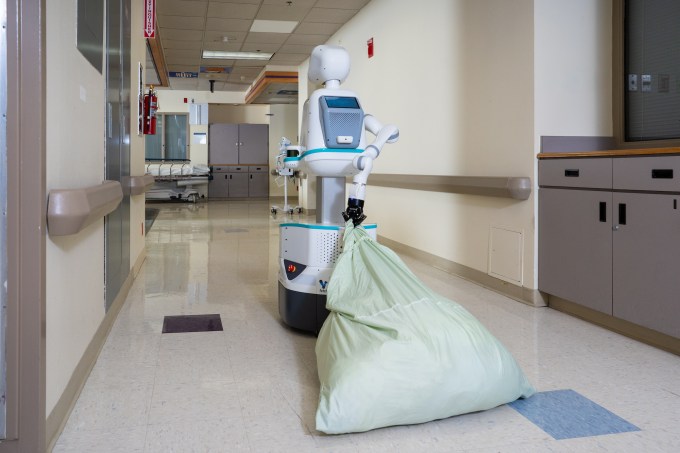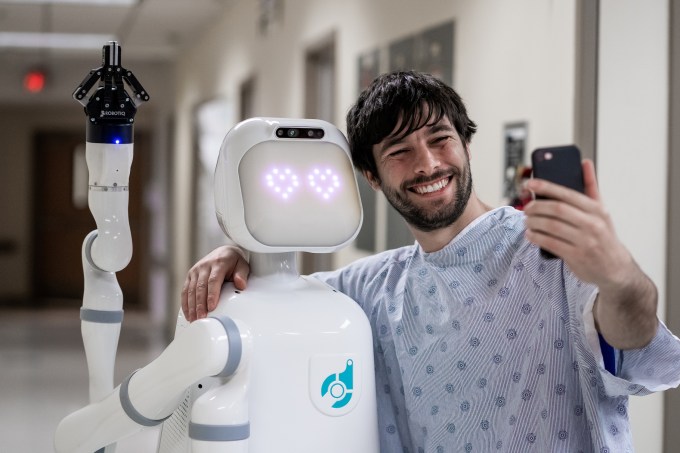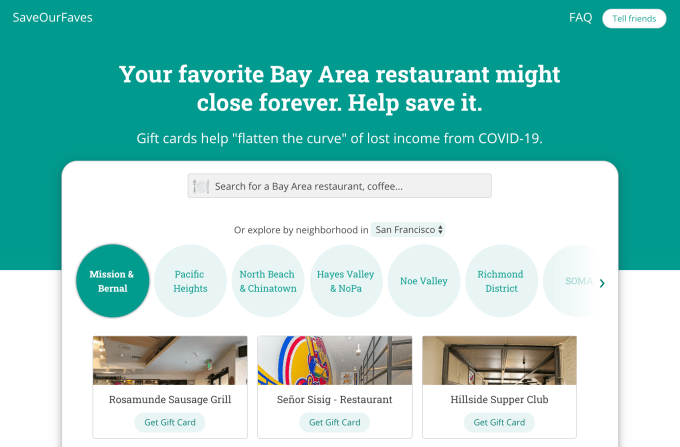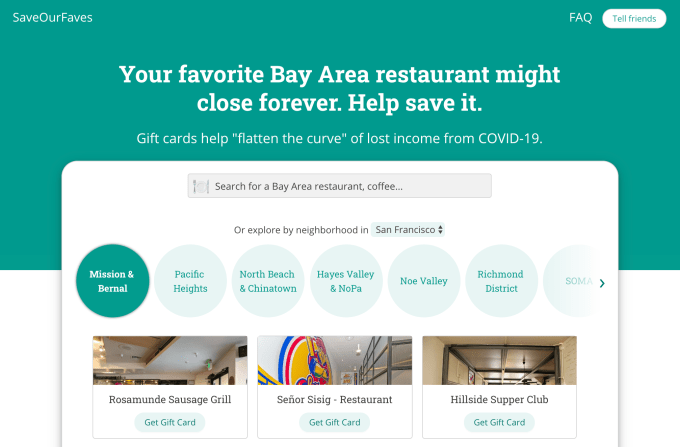Right now the world is at war. But this is no ordinary war. It’s a fight with an organism so small we can only detect it through use of a microscope — and if we don’t stop it, it could kill millions of us in the next several decades. No, I’m not talking about COVID-19, though that organism is the one on everyone’s mind right now. I’m talking about antibiotic-resistant bacteria.
You see, more than 700,000 people died globally from bacterial infections last year — 35,000 of them in the U.S. If we do nothing, that number could grow to 10 million annually by 2050, according to a United Nations report.
The problem? Antibiotic overuse at the doctor’s office or in livestock and farming practices. We used a lot of drugs over time to kill off all the bad bacteria — but it only killed off most, not all, of the bad bacteria. And, as the famous line from Jeff Goldblum in Jurassic Park goes, “life finds a way.”
Enter Felix, a biotech startup in the latest Y Combinator batch that thinks it has a novel approach to keeping bacterial infections at bay – viruses.

Phage killing bacteria in a petri dish
It seems weird in a time of widespread concern over the corona virus to be looking at any virus in a good light but as co-founder Robert McBride explains it, Felix’s key technology allows him to target his virus to specific sites on bacteria. This not only kills off the bad bacteria but can also halt its ability to evolve and once more become resistant.
But the idea to use a virus to kill off bacteria is not necessarily new. Bacteriophages, or viruses that can “infect” bacteria, were first discovered by an English researcher in 1915 and commercialized phage therapy began in the U.S. in the 1940’s through Eli Lilly and Company. Right about then antibiotics came along and Western scientists just never seemed to explore the therapy further.
However, with too few new solutions being offered and the standard drug model not working effectively to combat the situation, McBride believes his company can put phage therapy back at the forefront.
Already Felix has tested its solution on an initial group of 10 people to demonstrate its approach.

Felix researcher helping cystic fibrosis patient Ella Balasa through phage therapy
“We can develop therapies in less time and for less money than traditional antibiotics because we are targeting orphan indications and we already know our therapy can work in humans,” McBride told TechCrunch. “We argue that our approach, which re-sensitizes bacteria to traditional antibiotics could be a first line therapy.”
Felix plans to deploy its treatment in those suffering from cystic fibrosis first as there is no cure for this disease, which tends to require a near constant stream of antibiotics to combat lung infections.
The next step will be to conduct a small clinical trial involving 30 people, then, as the scientific research and development model tends to go, a larger human trial before seeking FDA approval. But McBride hopes his viral solution will prove itself out in time to help the coming onslaught of antibiotic resistance.
“We know the antibiotic resistant challenge is large now and is only going to get worse,” McBride said. “We have an elegant technological solution to this challenge and we know our treatment can work. We want to contribute to a future in which these infections do not kill more than 10 million people a year, a future we can get excited about.”
https://ift.tt/2U6L1aK YC startup Felix wants to replace antibiotics with programmable viruses https://ift.tt/2wiCadd







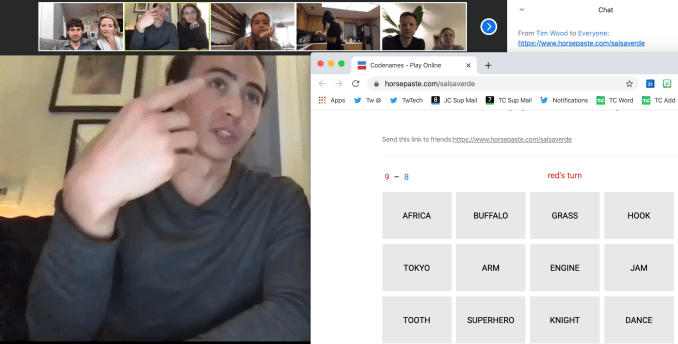
 Even celebrities are getting into it. Rather than pristine portraits and flashy music videos, they’re appearing raw, with crappy lighting, on Facebook and Instagram Live. John Legend played piano for 100,000 people while his wife Chrissy Teigen sat on screen in a towel looking salty like she’s heard “All Of Me” far too many times. That’s more authentic than anything you’ll get on TV.
Even celebrities are getting into it. Rather than pristine portraits and flashy music videos, they’re appearing raw, with crappy lighting, on Facebook and Instagram Live. John Legend played piano for 100,000 people while his wife Chrissy Teigen sat on screen in a towel looking salty like she’s heard “All Of Me” far too many times. That’s more authentic than anything you’ll get on TV.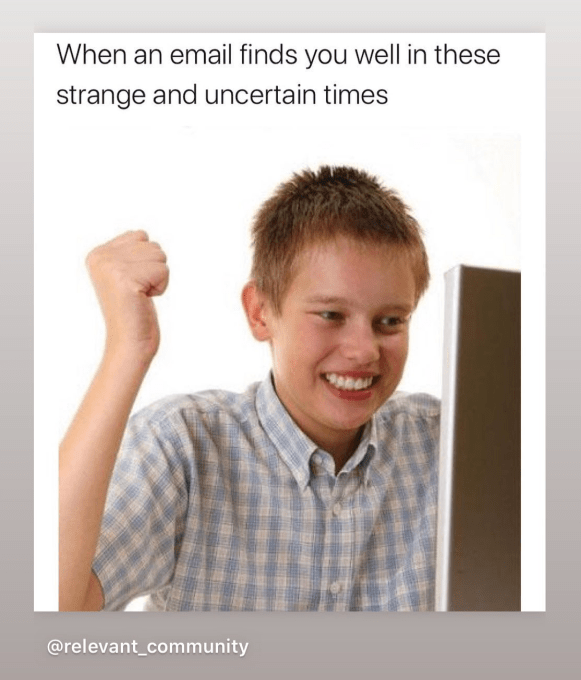
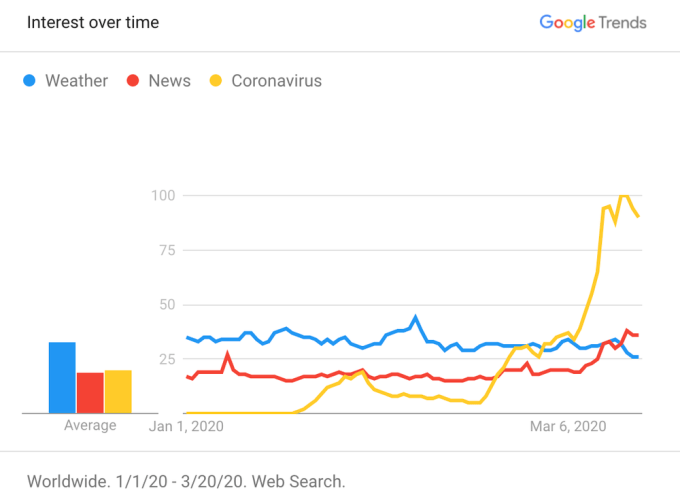
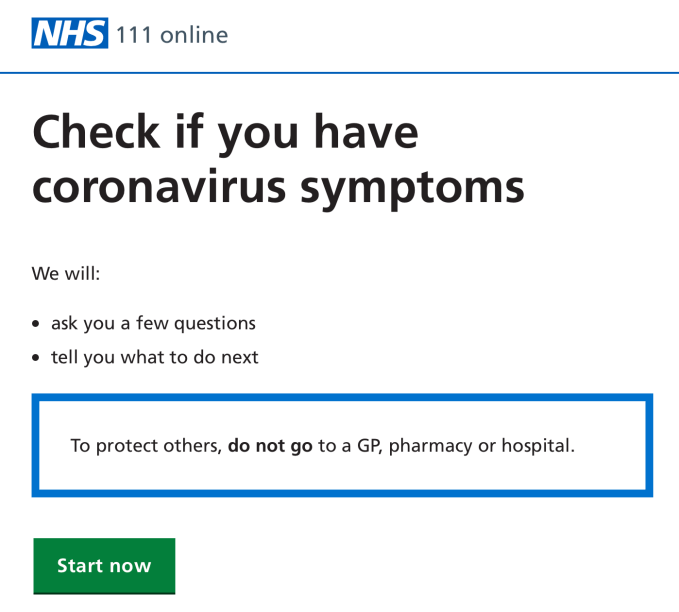

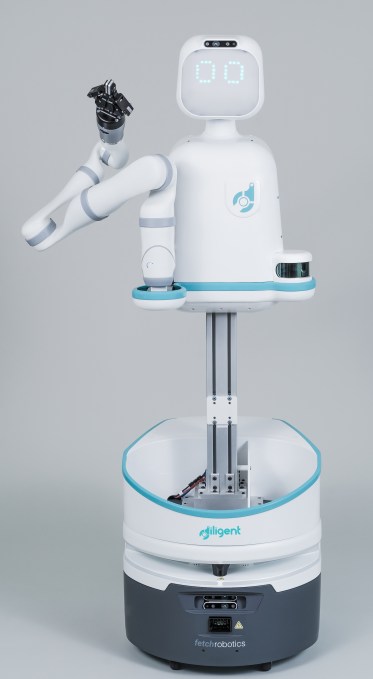 The round led by DNX Ventures brings Diligent Robotics to $15.75 million in total funding that’s propelled it to the fifth generation of its Moxi robot. It currently has two deployed in Dallas, TX but is already working with two of the three top hospital networks in the U.S. “
The round led by DNX Ventures brings Diligent Robotics to $15.75 million in total funding that’s propelled it to the fifth generation of its Moxi robot. It currently has two deployed in Dallas, TX but is already working with two of the three top hospital networks in the U.S. “